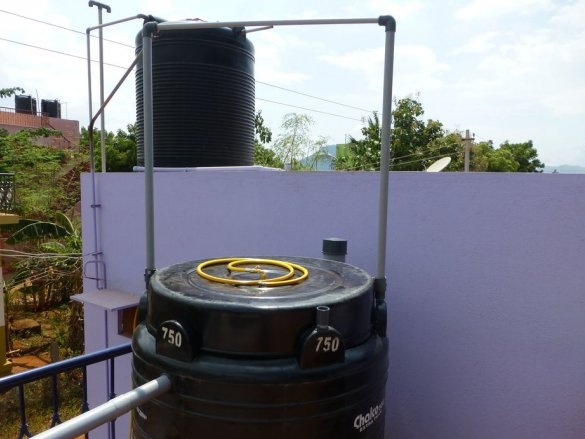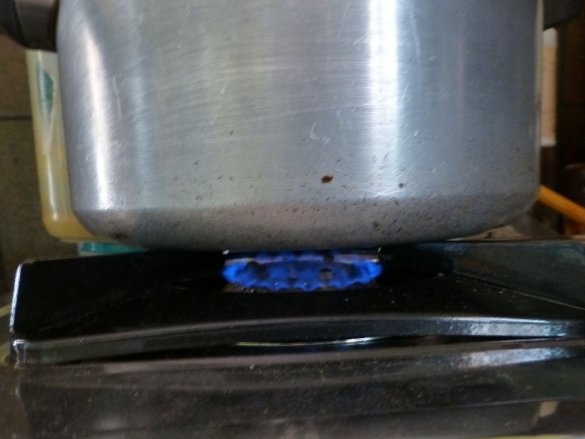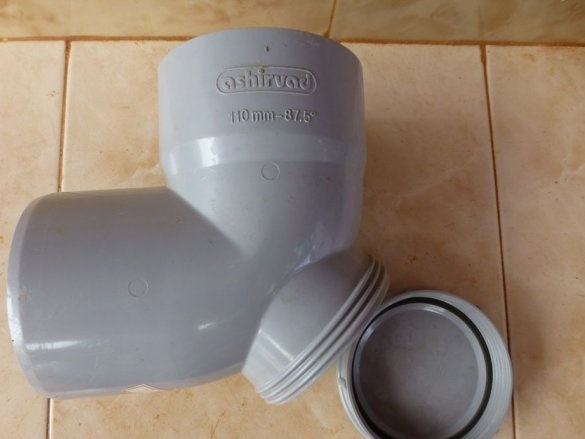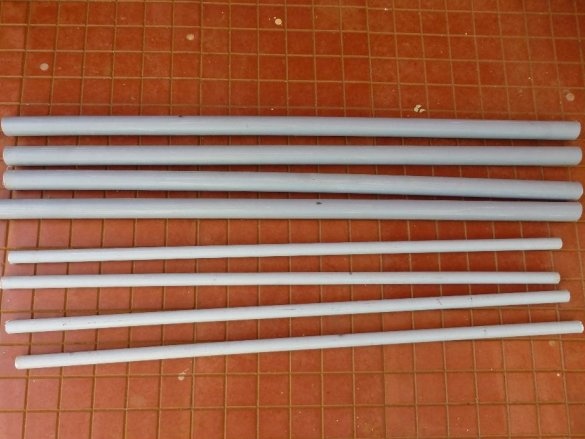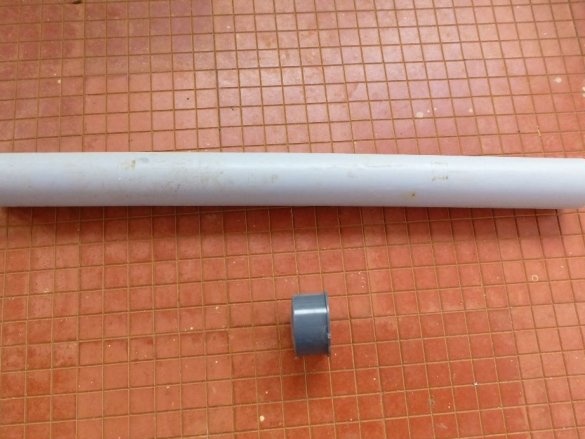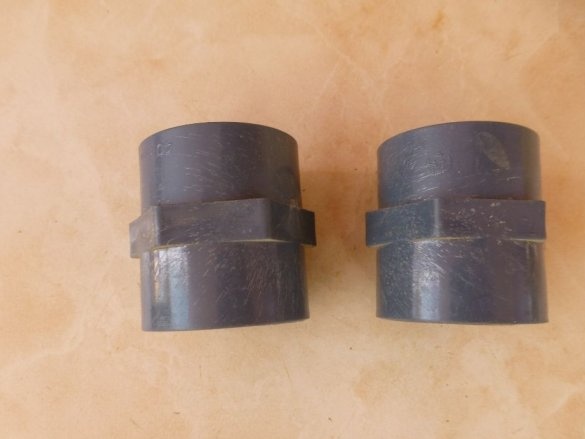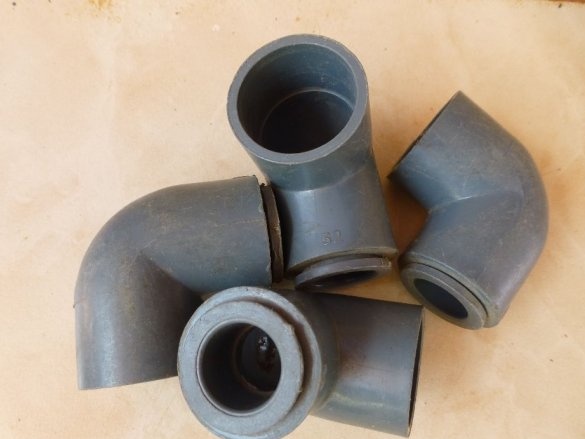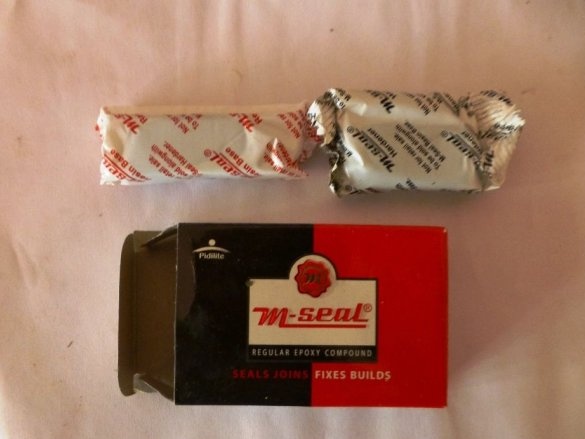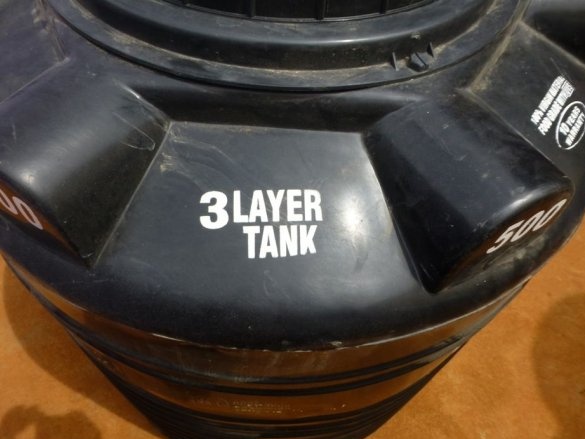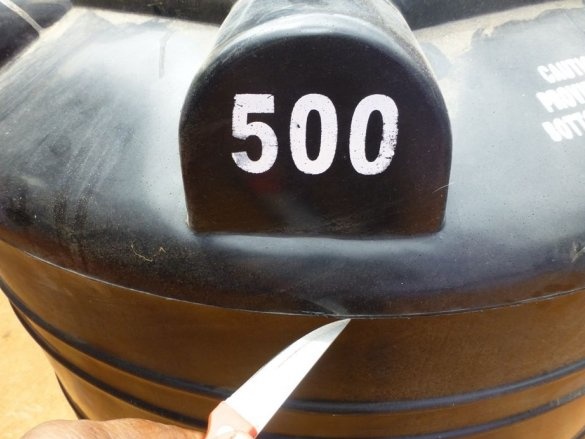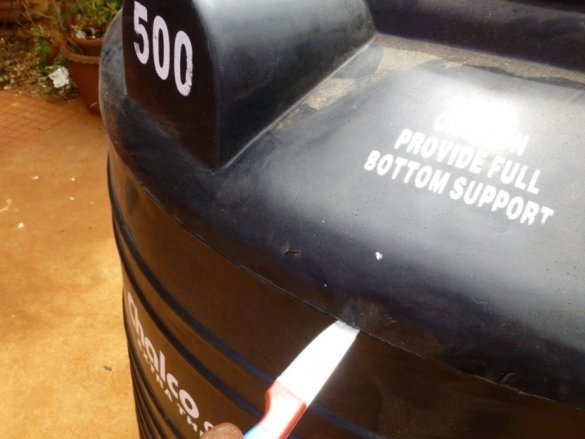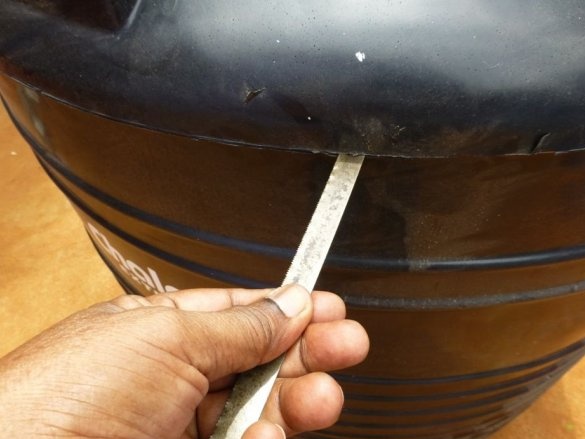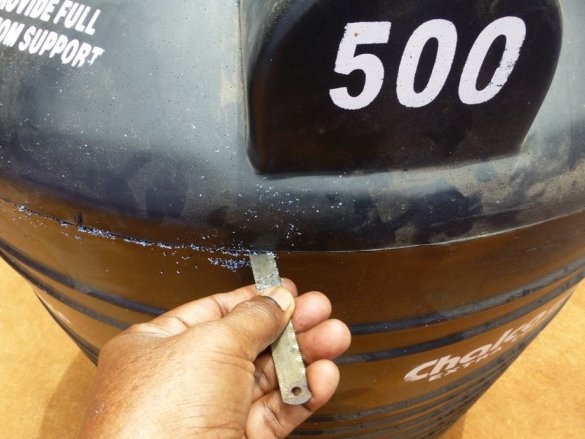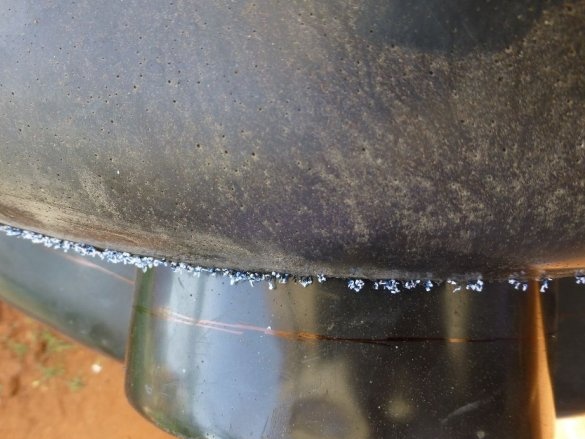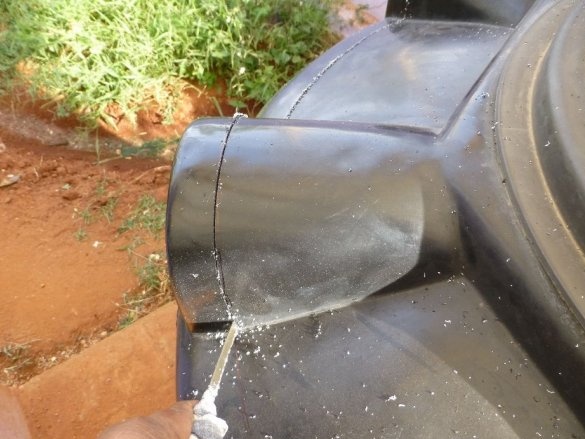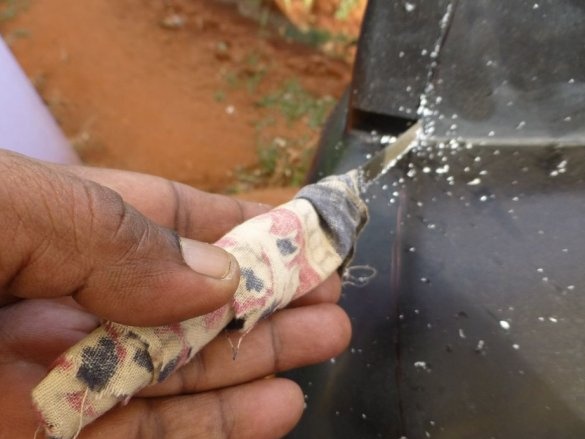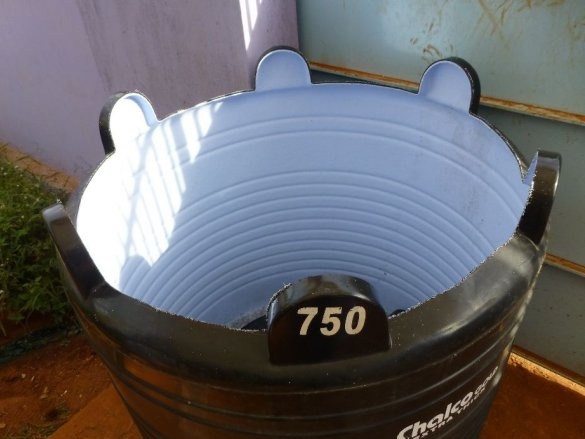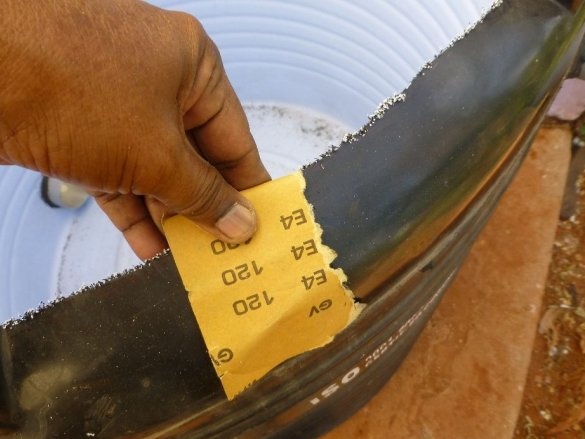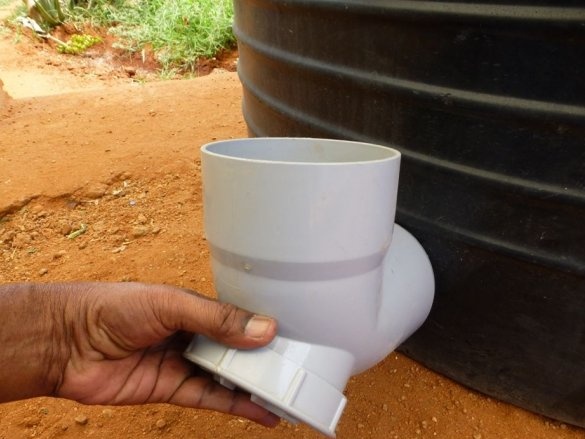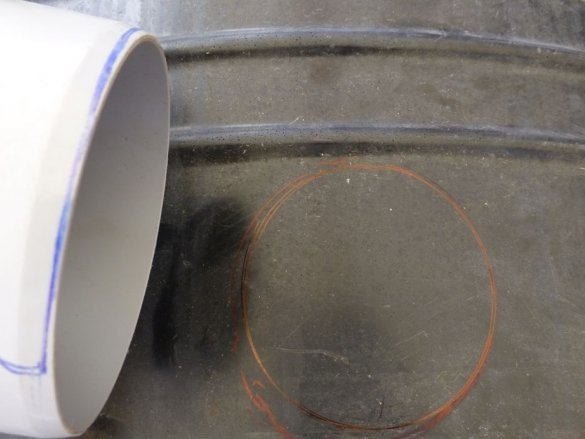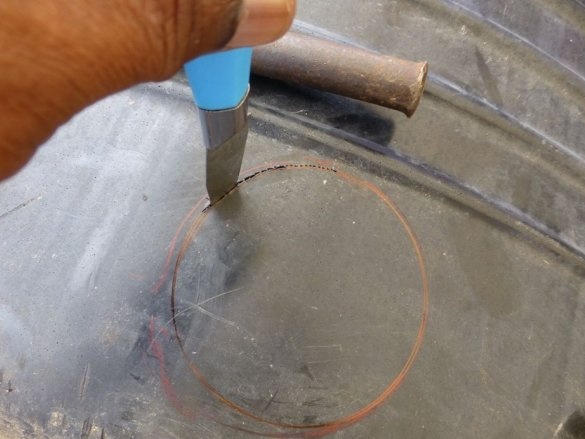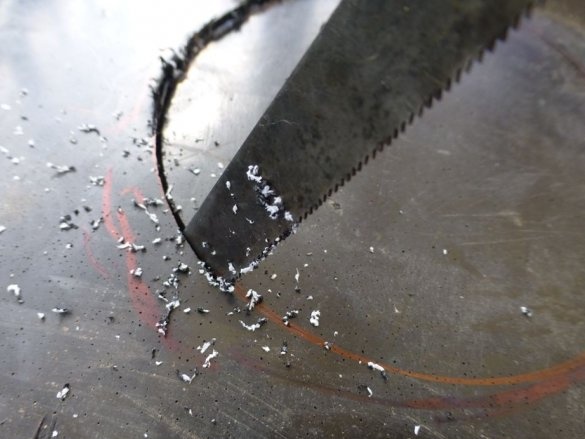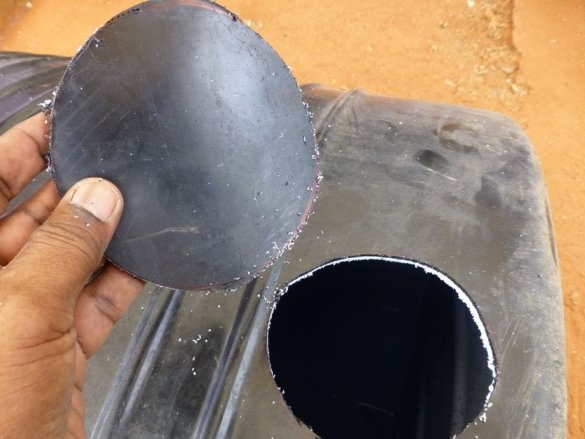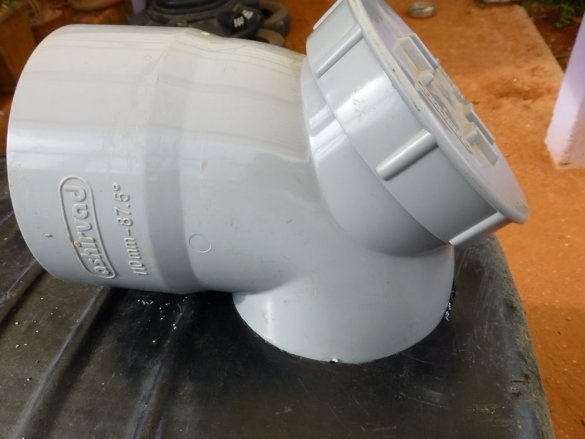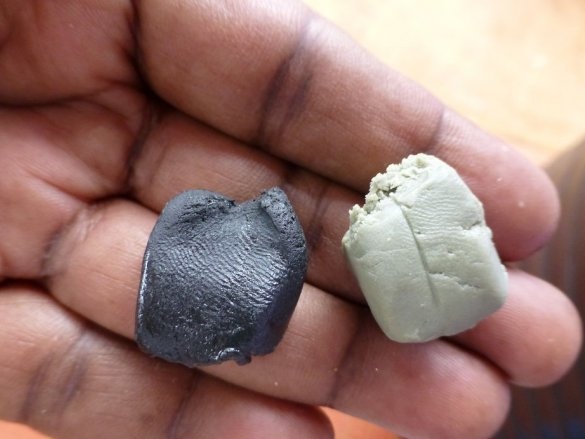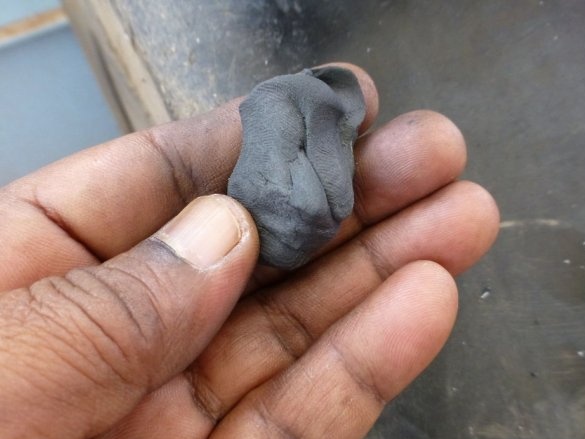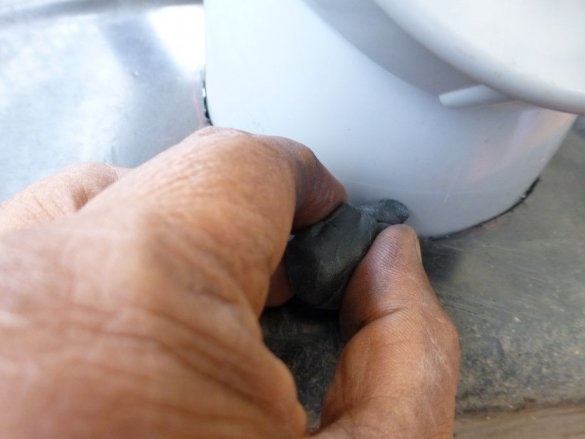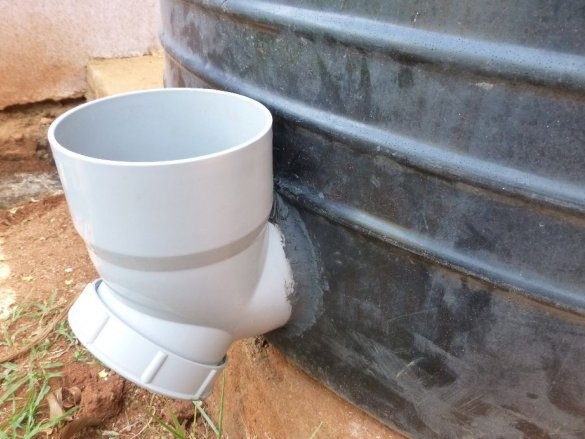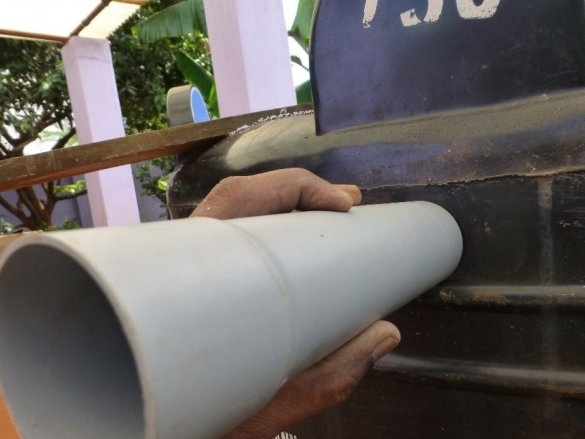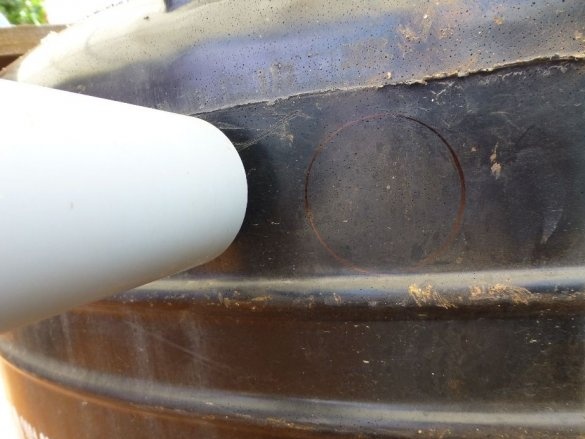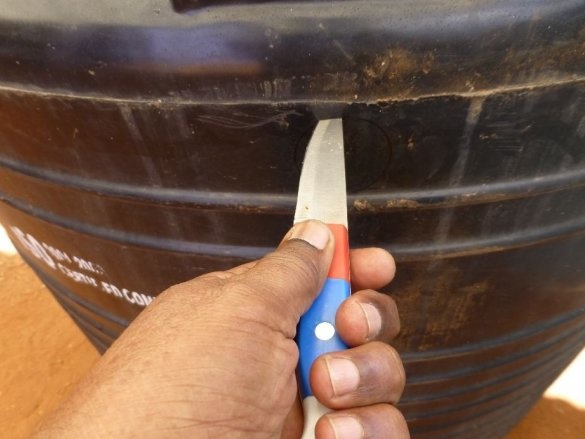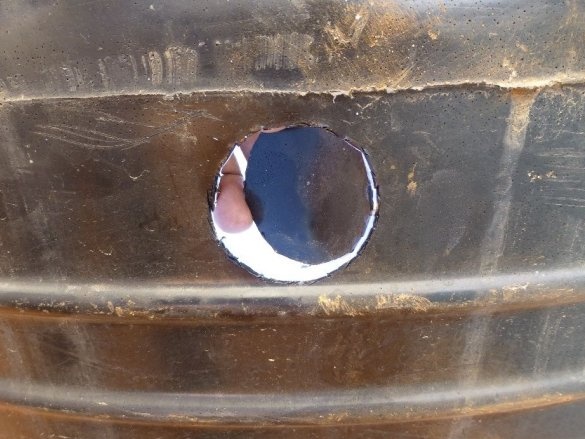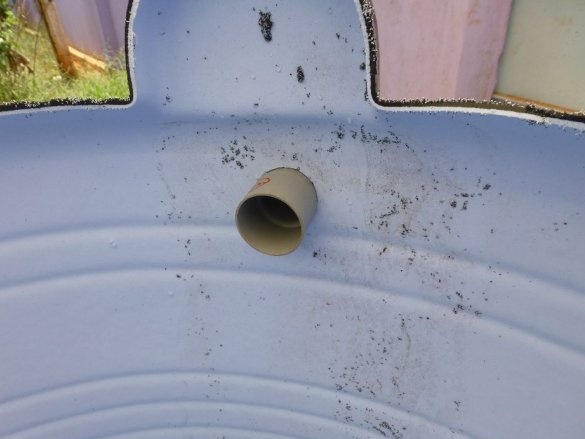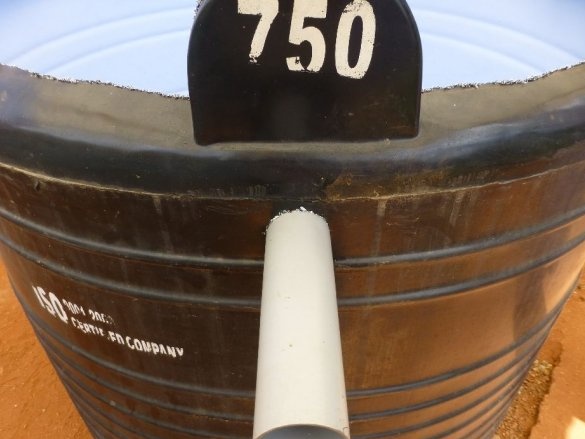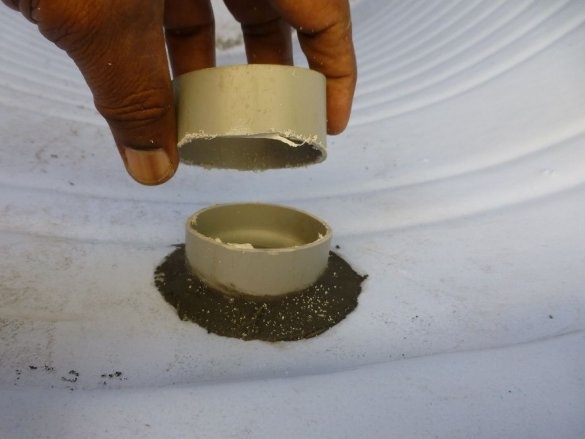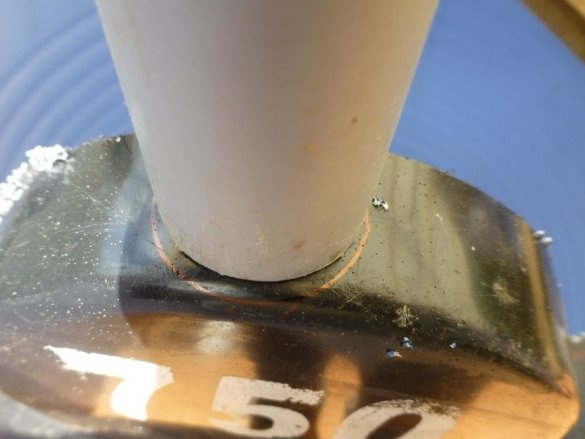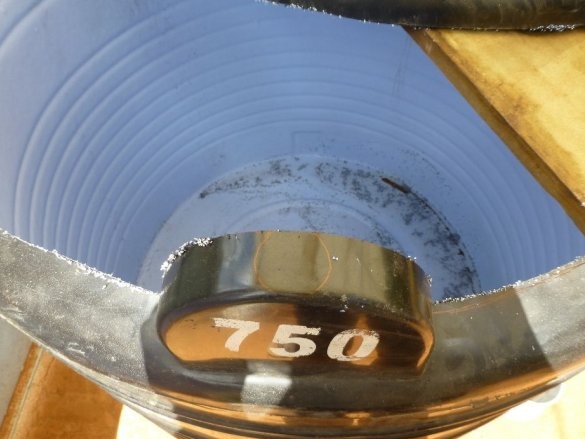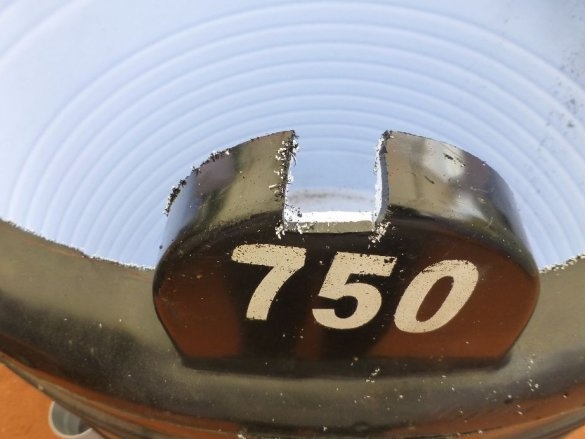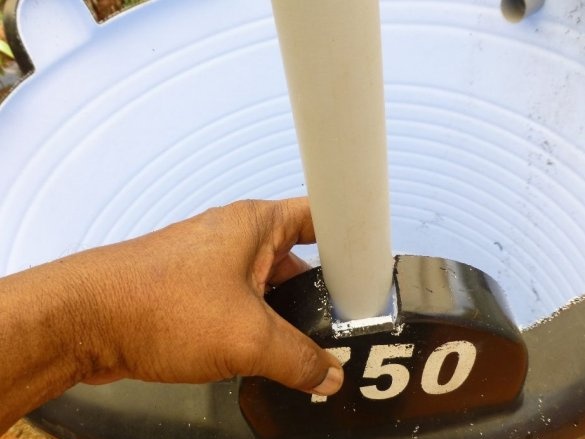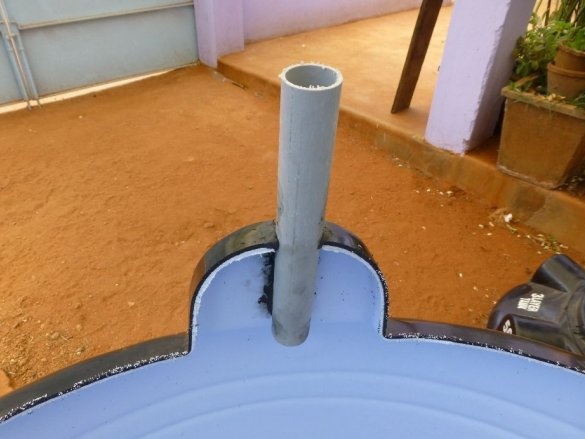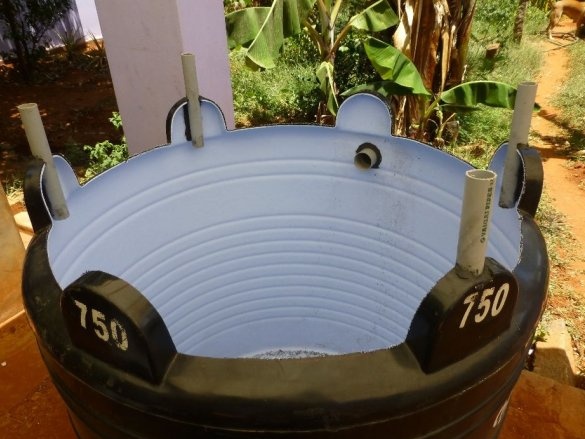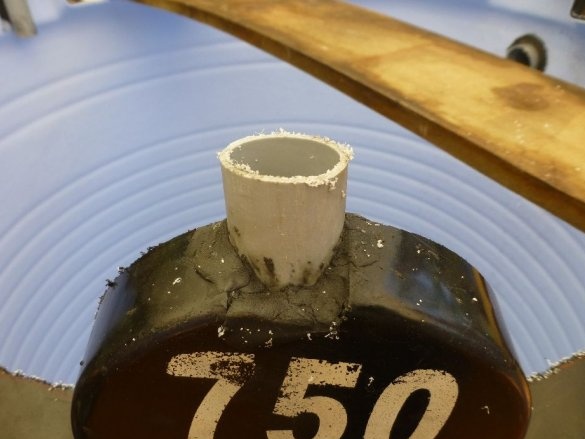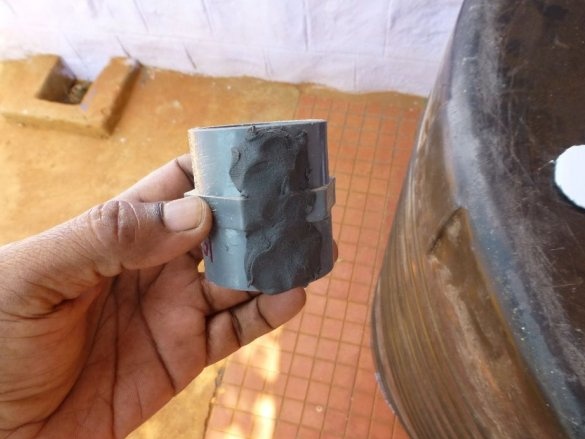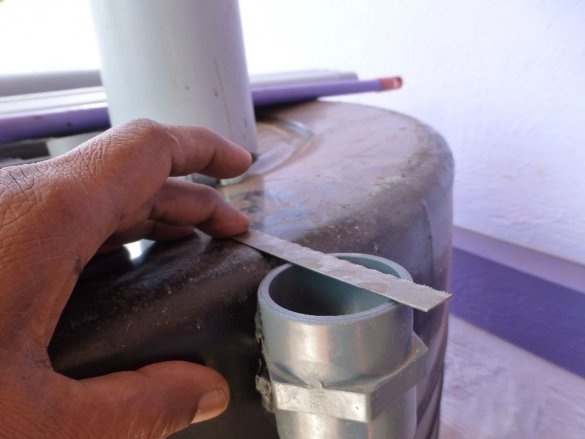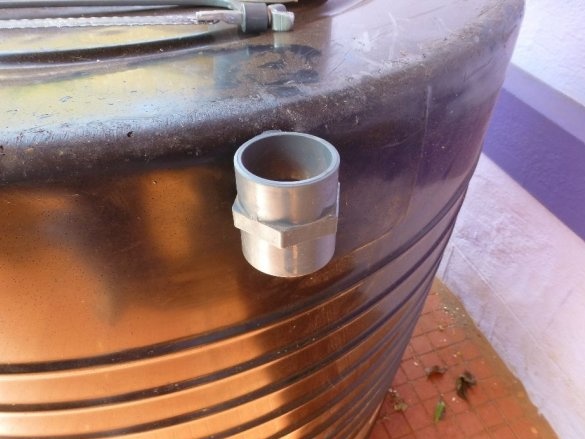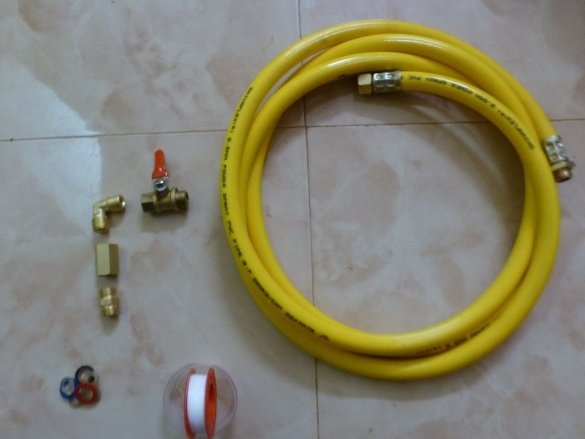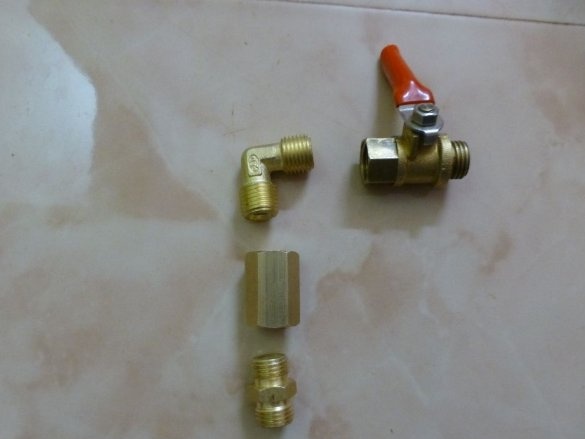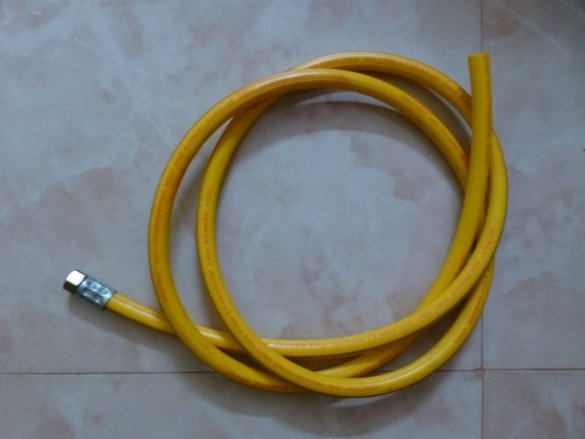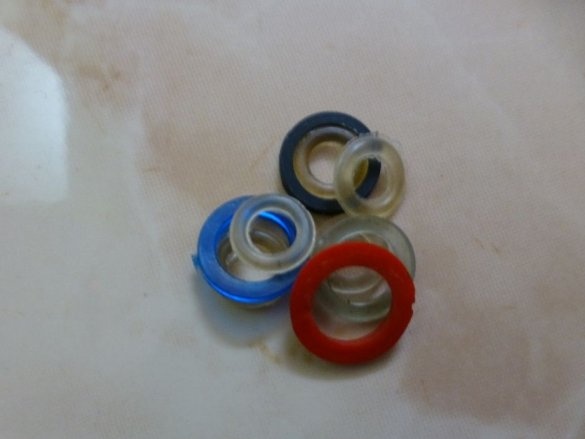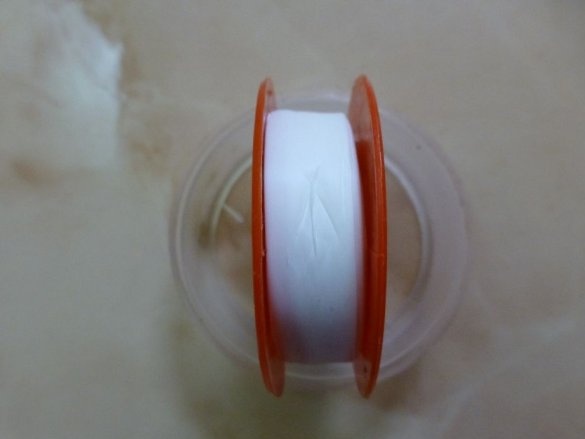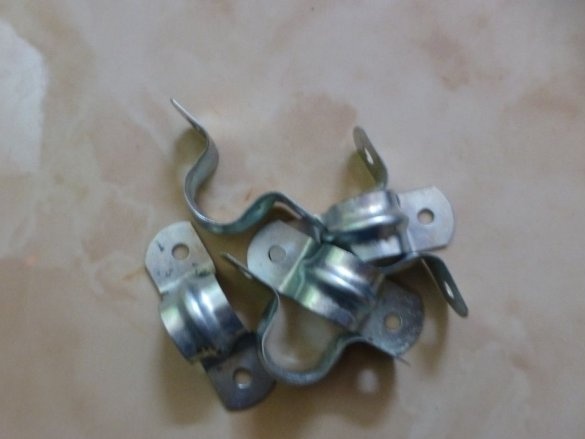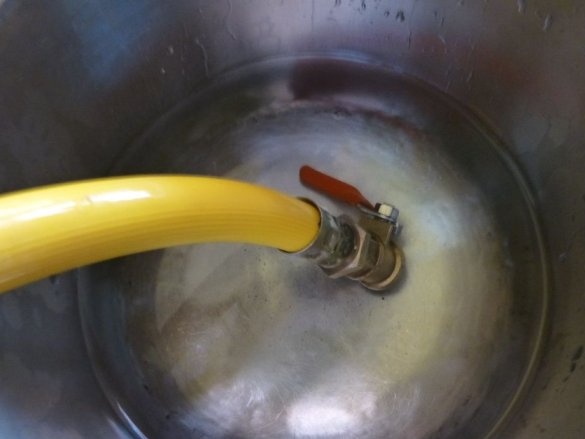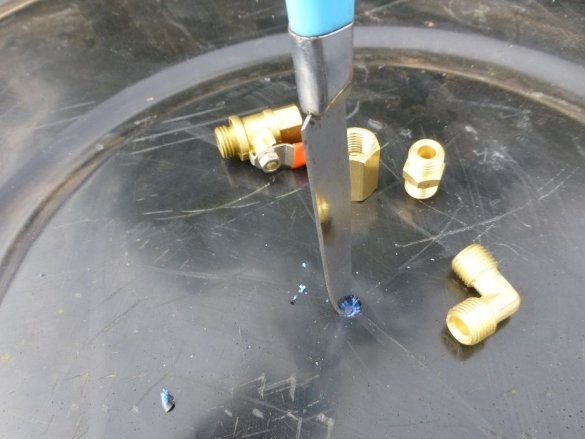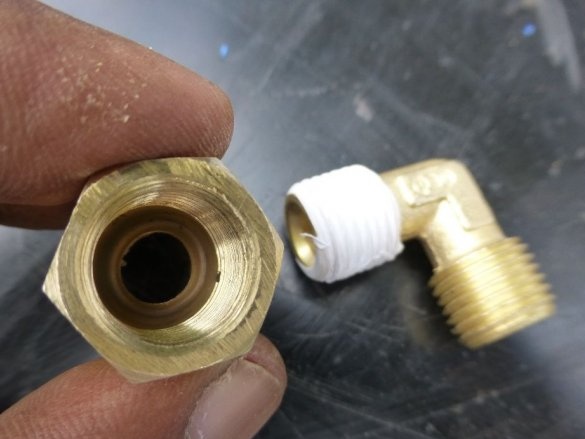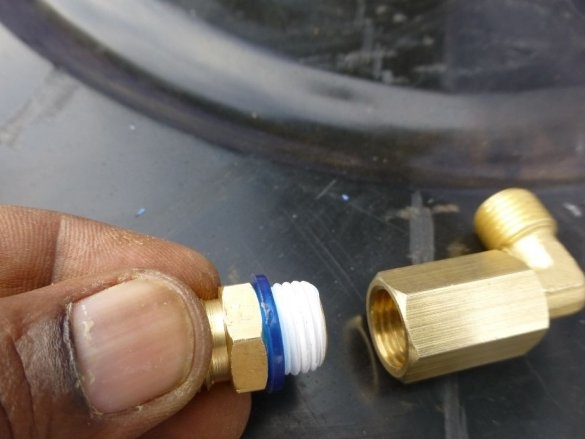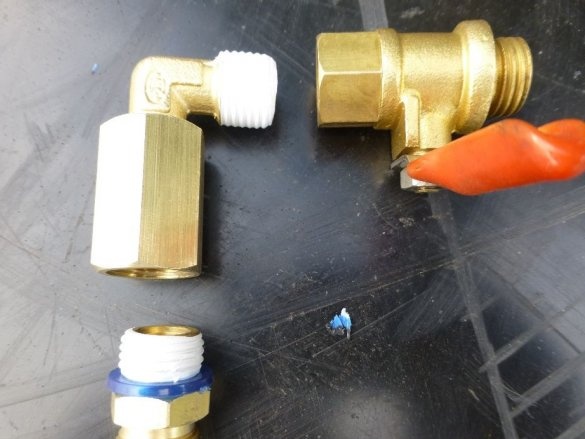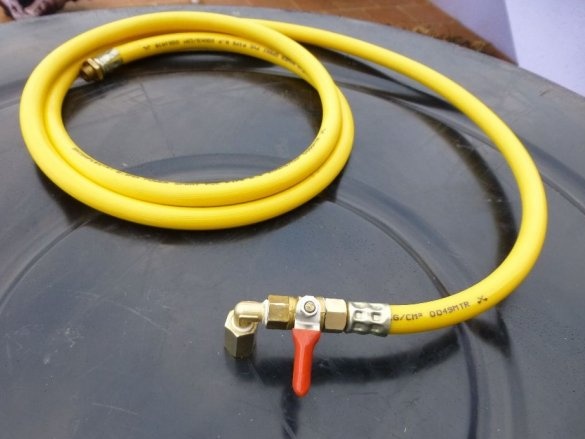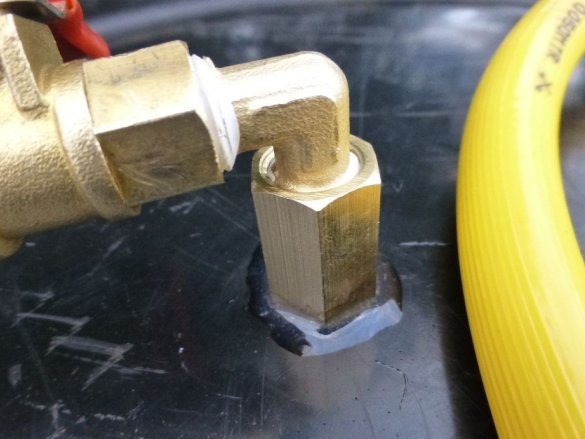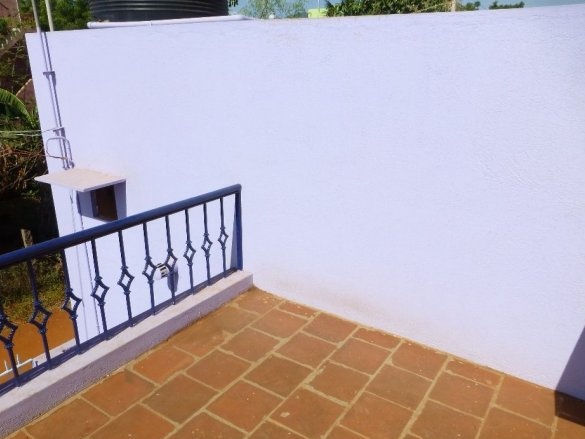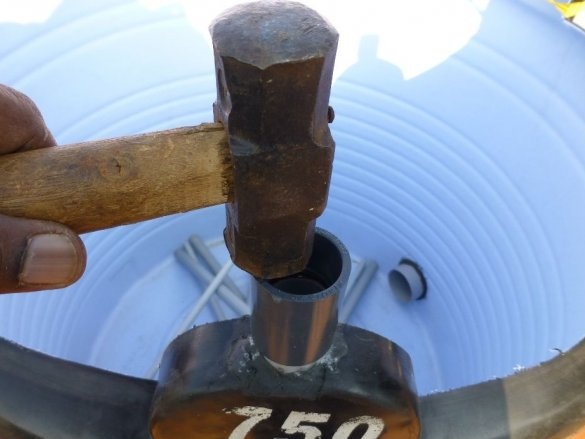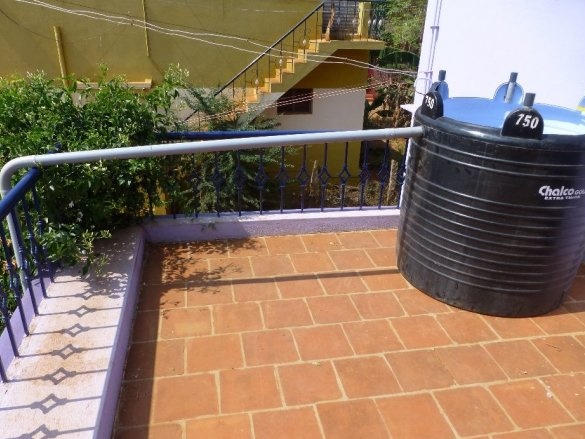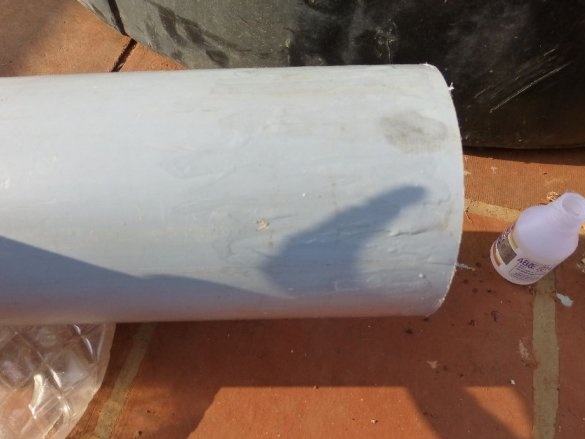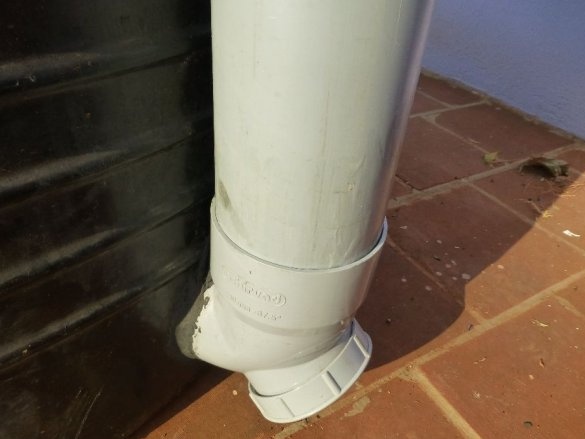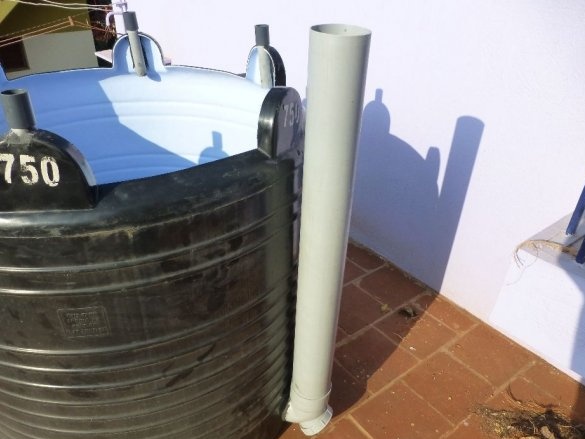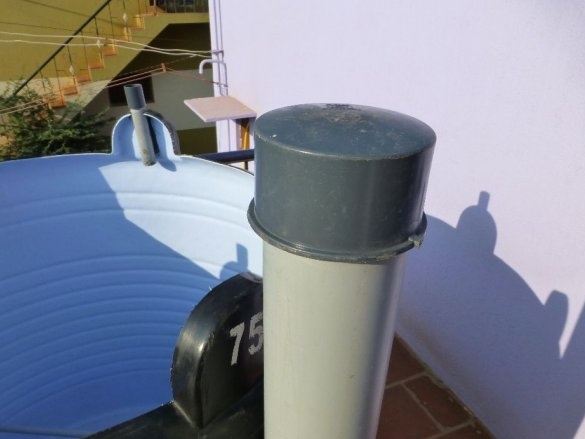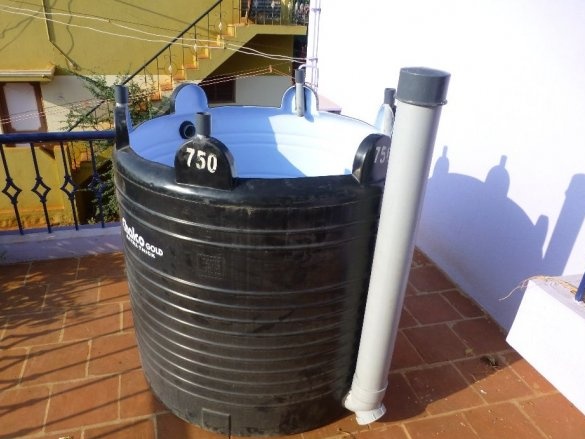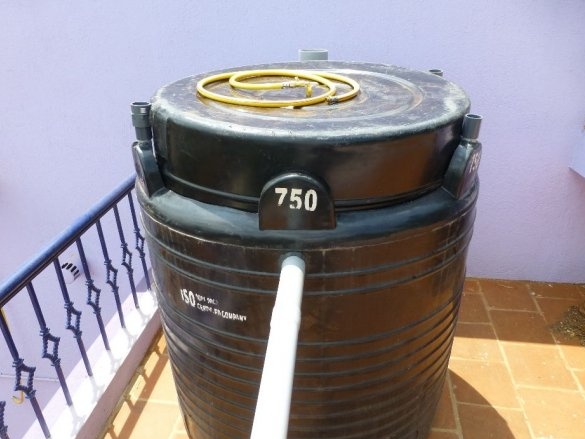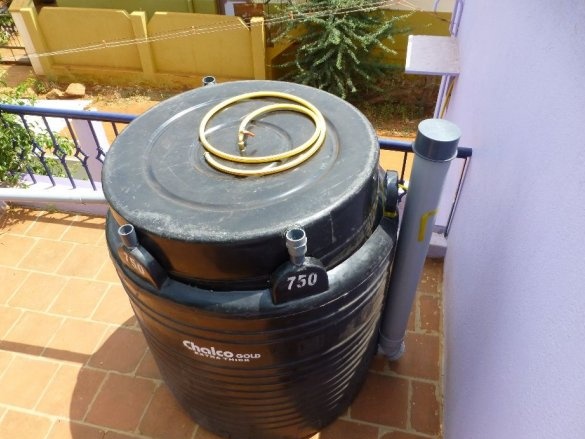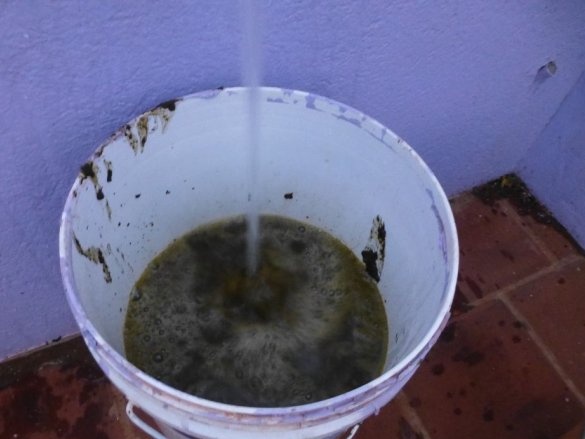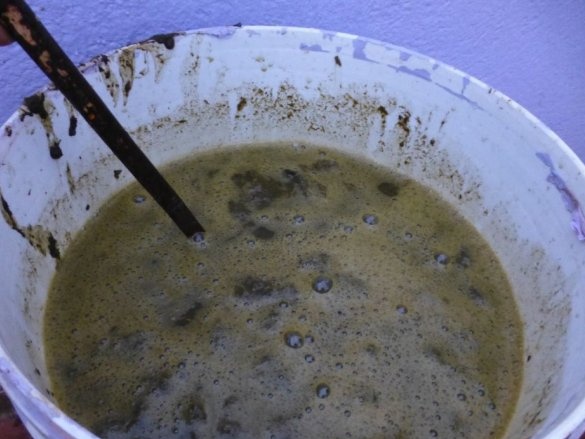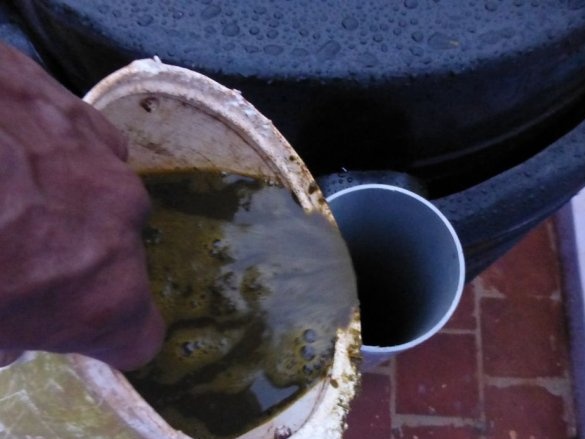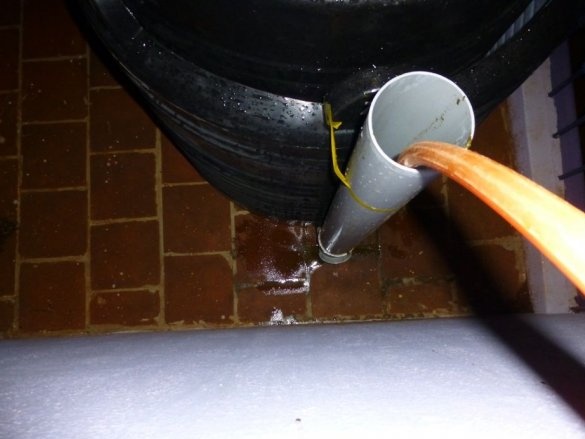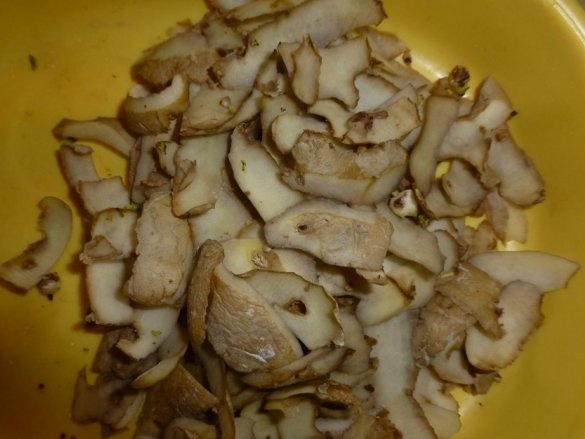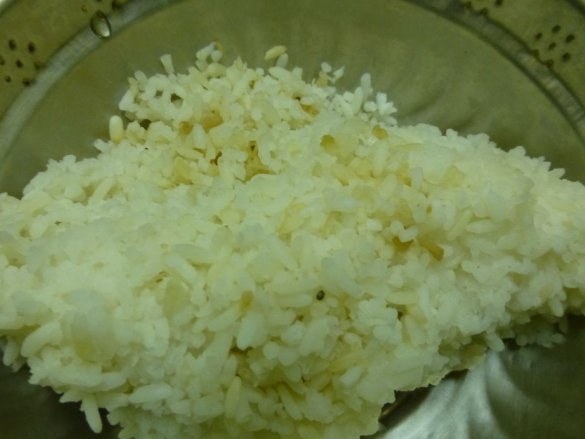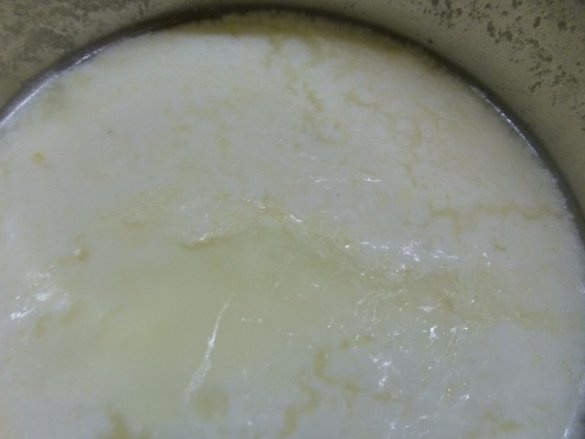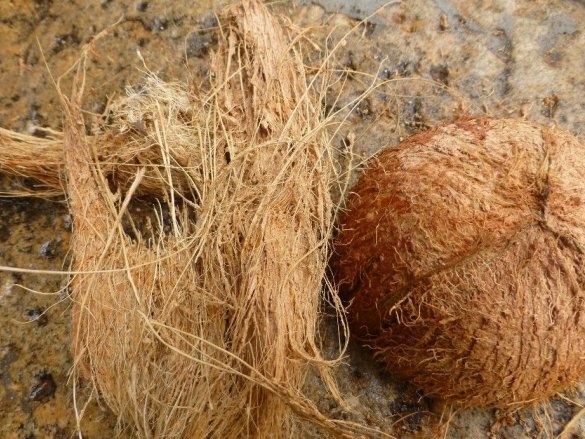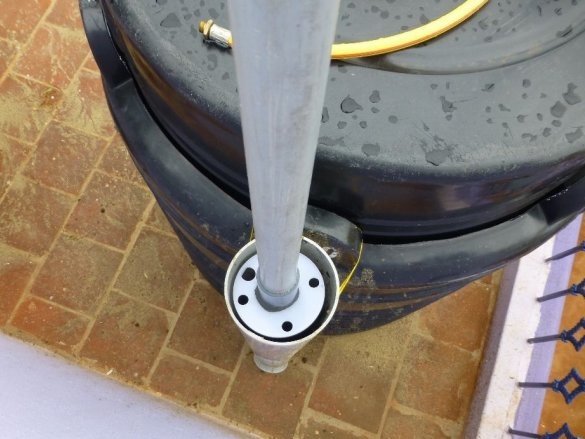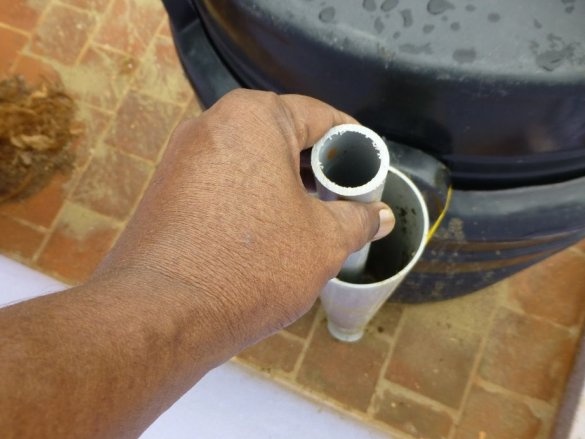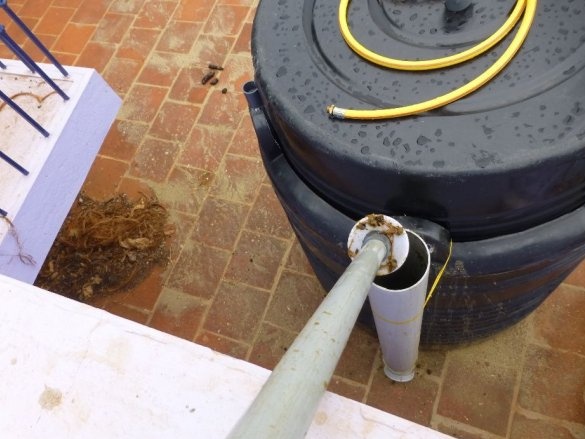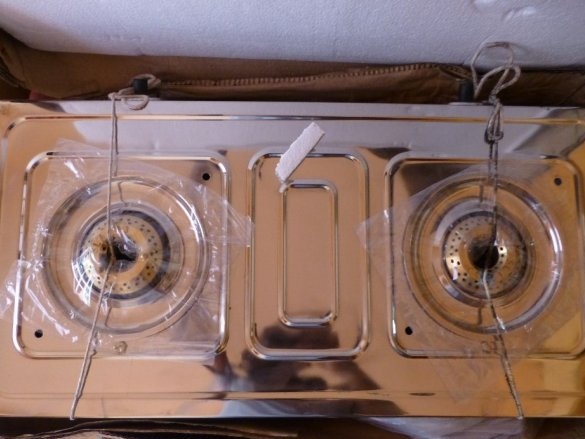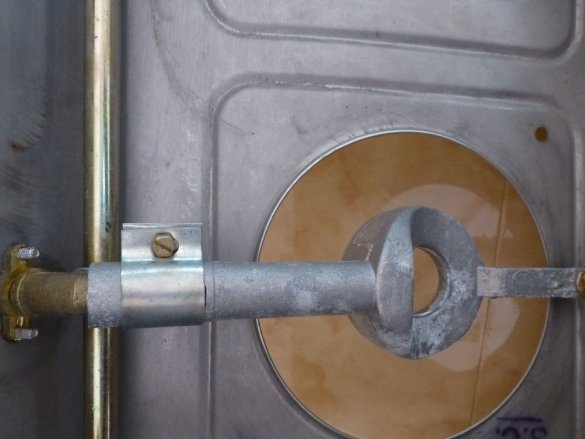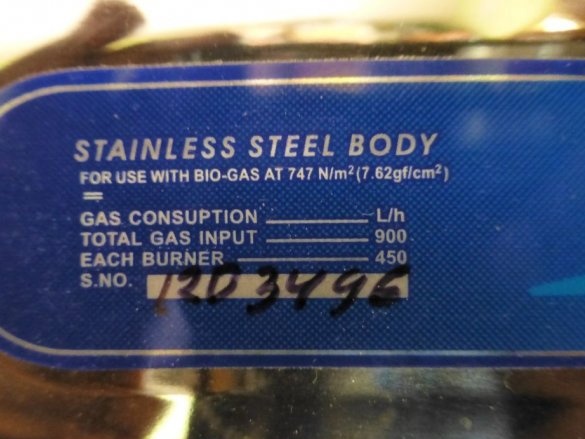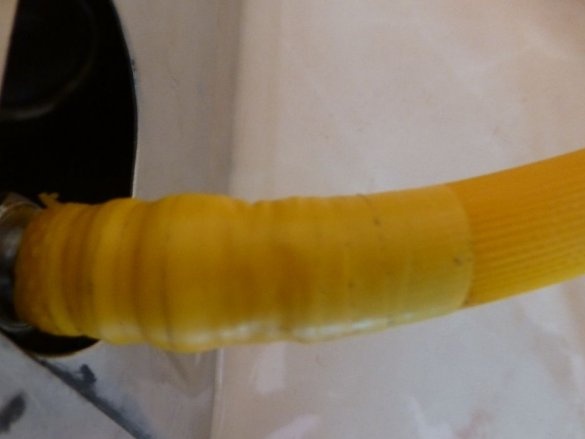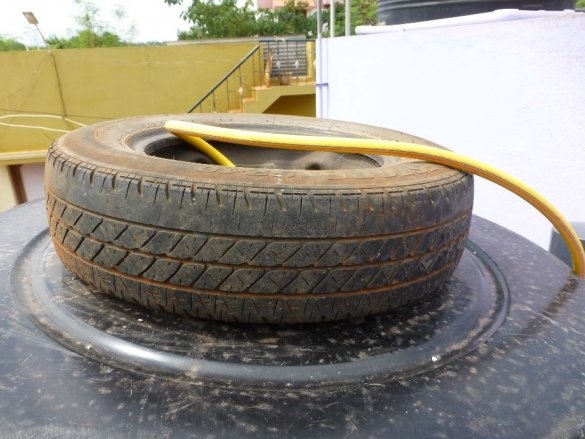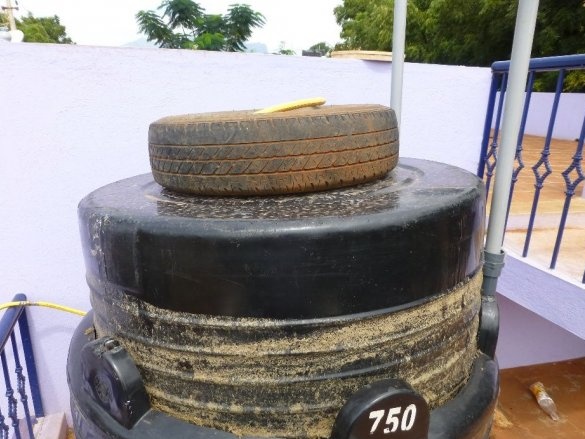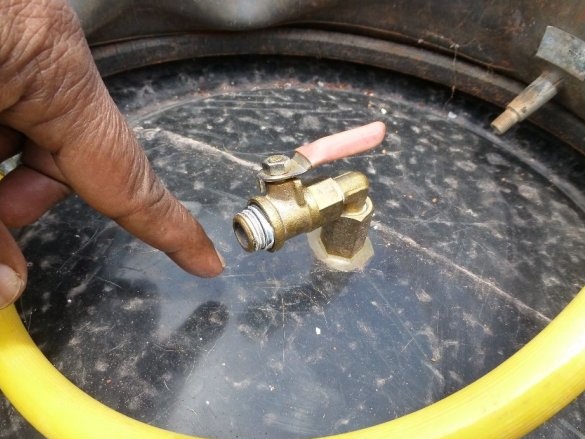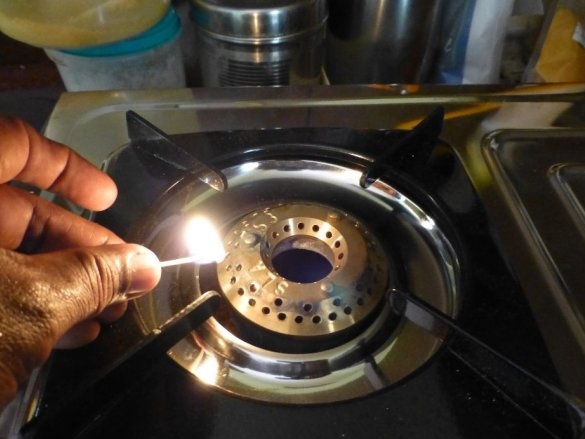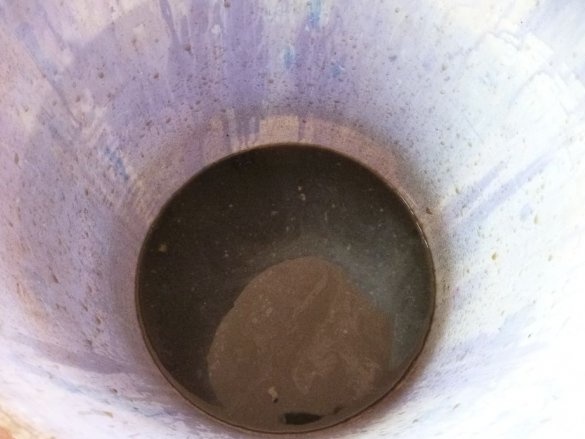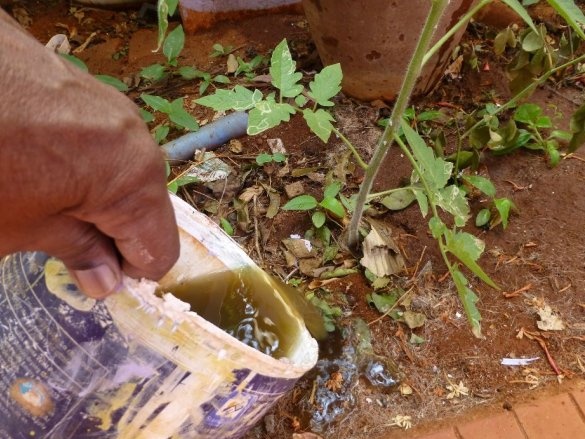Biogas is a gas produced by the fermentation of biomass. In this way, hydrogen or methane can be obtained. We are interested in methane, as an alternative to natural gas. Methane is colorless and odorless and flammable. Considering that the raw materials for biogas production are literally under your feet, the cost of such gas is significantly lower than natural gas, and this can be well saved. Here are the numbers from Wikipedia "From a ton of cattle manure, 50–65 m³ of biogas with a methane content of 60%, 150-500 m³ of biogas from various plant species with a methane content of up to 70% is obtained. The maximum amount of biogas is 1300 m³ with methane content up to 87% - can be obtained from fat. "," In practice, from 1 kg of dry matter receive from 300 to 500 liters of biogas. "
Tools and materials:
-Plastic capacity of 750 liters;
-Plastic capacity of 500 liters;
-Sanitary pipes and adapters;
-Cement for PVC pipes;
-Epoxy adhesive;
-Knife;
-Hacksaw;
-Hammer;
- Carob keys;
-Gas valves (in detail in step 7);
Step One: A Little More Theory
Some time ago, the master made a prototype biogas plant.
And he was bombarded with questions and requests to help with the assembly. As a result, even the state authorities became interested in the installation (the master lives in India).
The next step, the master had to make a more complete installation. Consider what it is.
- The installation consists of a storage tank in which organic material is stored, and microorganisms process it and produce gas.
- The gas thus obtained is collected in a reservoir known as a gas manifold. In a floating-type model, this tank floats in suspension and moves up and down depending on the amount of gas stored in it.
- A guide tube helps the gas manifold tank move up and down inside the storage tank.
- Waste is fed through the feed pipe inside the storage tank.
- A fully recycled suspension flows through the exhaust pipe. It can be collected, diluted and used as fertilizer for plants.
-From the gas manifold, gas is supplied through the pipe to consumption devices (gas stoves, columns, generators)
Step two: capacity selection
To select the capacity you need to consider how much waste can be collected per day.According to the master, there is a rule where a capacity of 1000 liters is needed for 5 kg of waste. The master is about 3.5 - 4 kg. So the capacity needs 700-800 liters. As a result, the master acquired a capacity of 750 liters.
Installation with a floating type of gas collector, so you need to choose a capacity so that gas losses are minimal. For these purposes, a tank of 500 liters came up. This 500 liter capacity will move inside 750 liter. The distance between the walls of the two containers is about 5 cm on each side. Capacities need to be selected that will be resistant to sunlight and aggressive environments.
Step Three: Tank Preparation
Cuts the top off a smaller tank. First, a hole is made with a knife, then sawed with a hacksaw blade along the cut line.
The upper part of the 750 liter capacity also needs to be cut. The diameter of the cut part is the cap of a smaller tank + 4 cm.
Step Four: Feed Pipe
An inlet pipe must be installed at the bottom of the larger tank. Through it, biofuel will fall asleep inside. The pipe has a diameter of 120 mm. Cut a hole in a barrel. Sets the knee. On both sides it fixes the connection with epoxy adhesive type "cold welding".
Step Five: Slurry Drain Pipe
To collect the suspension, a pipe with a diameter of 50 mm and a length of 300 mm is installed in the upper part of the larger tank.
Step Six: Guides
As you already understood, a smaller one will freely float inside a large tank. As the internal tank fills with gas, it will sink and vice versa. For its free movement up and down, the master makes four guides. In the "ears" makes cutouts under the 32 mm pipe. Fastens the pipe as shown in the photo. Pipe length 32 cm.
4 guides from 40 mm pipes are also mounted on the inner tank.
Seventh step: gas fittings
The gas supply is divided into three sections: from the gas collector to the pipe, from the pipe to the cylinder, from the cylinder to the gas stove.
The master needs three 2.5 m pipes with threaded ends, 2 taps, gaskets, threaded adapters, FUM - tape and staples for fastening.
To install gas fittings, the master in the upper part (the former lower one, i.e. the 500 liter cylinder is turned upside down) in the center makes a hole. Installs fittings, seals the connection with epoxy.
Step Eight: Build
Now you need to install the container on a flat hard surface. The installation location should be as sunny as possible. The distance between the installation and the kitchen should be minimal.
Installs smaller diameter tubes inside the guide tubes. The pipe for draining the excess suspension lengthens.
Extends the inlet pipe. The connection is fixed with cement for PVC pipes.
Installs a gas storage inside the large tank. Orient it along the guides.
Step Nine: First Launch
For the initial launch of a biogas plant of this kind, for such a volume, about 80 kg of cow manure is needed. Manure is bred with 300 liters of non-chlorinated water. Also, the master adds a special additive to accelerate the growth of bacteria. The supplement consists of concentrated sugarcane juice, coconut and palm. Apparently, this is something like yeast. Fills this mass through the inlet pipe. After filling, the inlet pipe must be flushed and a plug installed.
After a couple of days, the gas storage will begin to rise. This began the process of gas formation. As soon as the accumulator is full, the generated gas must be vented. The first gas contains many impurities, and there was air in the accumulator.
Step Ten: Fuel
The process of gas generation is started and now we need to figure out what is possible and what cannot be used as fuel.
So, suitable for fuel: rotten vegetables, peeling vegetables and fruits, unsuitable dairy products, refried butter, chopped weeds, livestock and poultry waste products, etc. Many waste plant and animal waste can be used in the installation. Pieces should be crushed as finely as possible. This will speed up the recycling process.
Do not use: peeling onions and garlic, eggshells, bones, fibrous materials.
Now we will analyze the issue of the number of loaded fuel.As already mentioned, 3.5 to 4 kg of fuel is needed for such a capacity. Fuel processing takes from 30 to 50 days, depending on the type of fuel. Each day adding 4 kg of fuel, about 30 g of gas will be produced daily from it within 30 days. Overfilling the installation will lead to an excess of fuel, acidity and a lack of bacteria. The master reminds that according to the rules, per 1000 liters of volume, 5 kg of fuel is needed daily.
Step Eleven: Plunger
To facilitate the loading of fuel, the master made a plunger.
Step Twelve: Gas Burner
To use gas, you need a special burner. The photo shows that the number and diameter of nozzles is increased compared to a conventional burner. The fact is that biogas must be mixed with twice the amount of air.
Using the technical characteristics of the burner, the master calculated that with a fully open tap, a volume of 500 liters would be enough for an hour of operation (it seems that the master had mixed up something).
Connects a gas stove.
Step Thirteen: Ballast
To create pressure and to eliminate the effect of air suction, the master sets the load on top of the gas tank.
Step fourteen: checking biogas
Due to impurities, before the gas caught fire, the master had to bleed the gas into the atmosphere three times.
Let's see how dirty biogas burns.
Step Fifteen: Fertilizers
As the tank fills, liquid will pour out of the outlet pipe. The liquid is odorless. This liquid, diluted with water, is an excellent fertilizer for feeding plants.
The biogas synthesis unit is ready.

